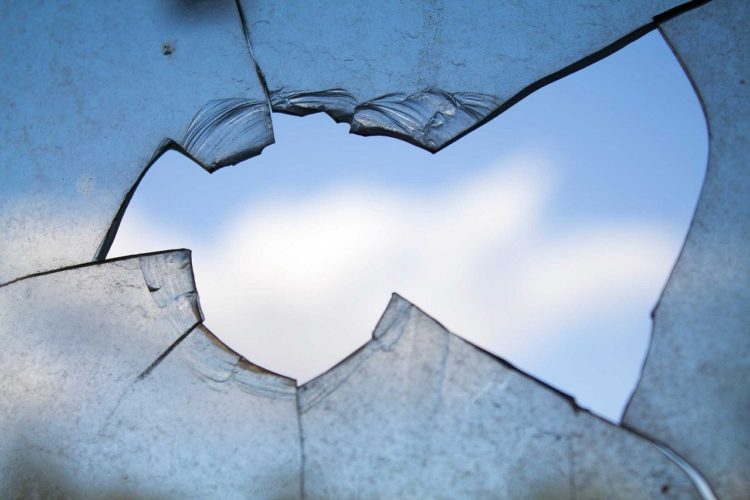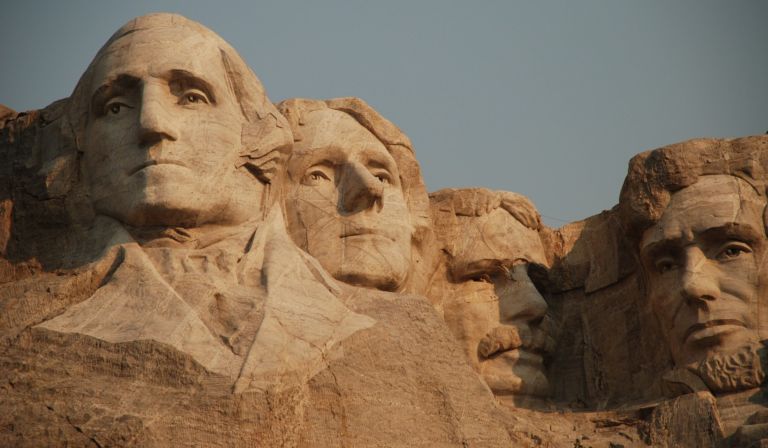Ryan Streeter writes at Law and Liberty about a problematic strand within American political discourse.
The problem with the apocalyptic style—or even its slightly less adrenalized cousin, the paranoid style—of politics is twofold. First, it corrupts public life by reducing the non-political complexity of life to political warfare. According to a 2018 survey by More in Common, the most ideologically extreme people on the right and the left are about twice as likely as the average American to list politics as a hobby. National surveys by the American Enterprise Institute have found that people whose only civic outlet is politics are lonelier than others and have a dimmer view of institutions of civil society outside of politics. Seeing life’s major challenges through the narrow lens of political power produces an anxious class of people with too much hope in what politics can achieve and too little hope in anything else.
Second, the apocalyptic style blinds its adherents to all the things that are actually going well in the world, an understanding of which is necessary for progress. If your fears are extreme, you have a harder time seeing the world as it actually is. Most of our lives are not lived in the extreme. We live in the everyday, where the building blocks of forward progress are actually all around. Every generation needs to be engaged in an effort of recovery—of first principles, enduring practices and institutions, and the good things that we take for granted at our peril.
The anxieties of last century were met with much more than the apocalypticism of Mordecai Ham or Irving Babbitt. It is not an accident that within a generation, in the wake of the Great Depression and the Second World War, there was a flowering of various types of literary, cultural, and economic recovery in the 1940s and 50s.


